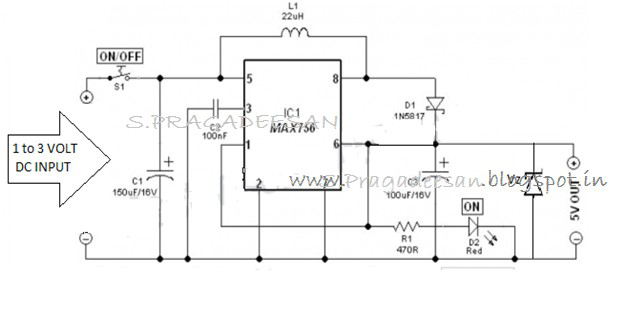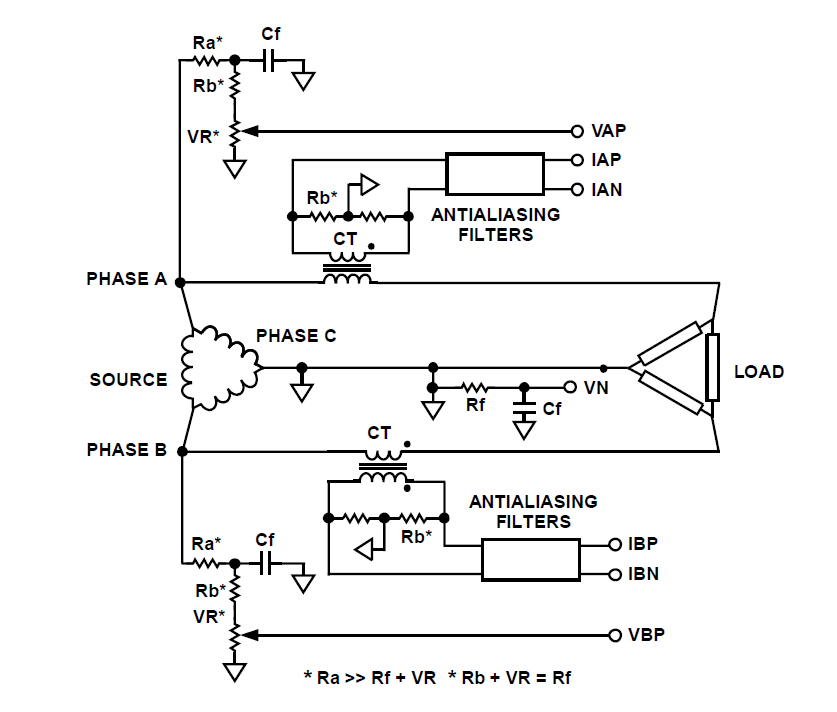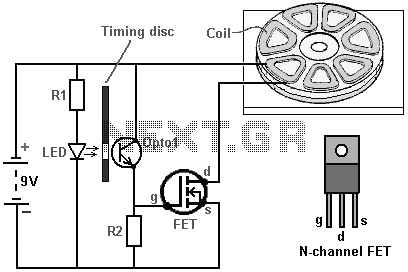
Selfrunning Free Energy 5 KW Kapanadze 5
Warning: Undefined array key "extension" in /var/www/html/nextgr/view-circuit.php on line 468
Deprecated: strtolower(): Passing null to parameter #1 ($string) of type string is deprecated in /var/www/html/nextgr/view-circuit.php on line 468
The 22-turn coil is positioned above the 84-turn coil. Connecting this coil significantly impacts performance. Testing with a 1 kW heater yielded better results; however, prolonged use may lead to failure. The heater's wire typically does not glow as brightly when connected in this circuit. Plans include using 500 W bulbs as well. The discussion involves using DC as the power source for the system, with a diode and a capacitor connected to the MT output. The voltage is estimated to be around 2 kV. A consideration arises regarding whether it is more economical to utilize a core capable of handling the power and frequency or to acquire a high-voltage full-wave bridge rectifier (FWBR), an inverter, and a car battery. It is essential to evaluate whether looping is genuinely necessary or if simply achieving power savings suffices. Looping entails additional costs, including the need to reduce the MOT current and mitigate spark plug burnouts. Previous solutions have been proposed to optimize the setup. It is advised against the inverter approach for looping to the battery and MOT, as a minor error could lead to costly inverter damage. Capacitors will be added to ensure the KAPAGEN operates smoothly at low power, even at 1 kW and 50 Hz, which is adequate to drive a Rotoverter to 3 kW efficiently. The Rotoverter can be envisioned as a high-voltage, high-frequency opto-isolator circuit, producing stable 240 V 50 Hz AC pure sine wave output. This configuration is claimed to be the most affordable solution available, costing under $200, and is deemed reliable enough to power computers and televisions. The Rotoverter is capable of operating a three-phase motor using a single-phase electricity source, facilitated by Hector's special capacitor circuit. The KAPAGEN output is characterized by high voltage and high frequency, presenting challenges for integration with the low voltage and low frequency of the Rotoverter. The capacitor is employed in parallel with the load when powering the system with high-voltage AC. While operation is possible without it, bulb longevity is compromised. The capacitor helps to mitigate some of the sparking observed within the bulbs. It is suggested that high-voltage AC may not be the optimal solution; rather, a more stable and controllable system could be achieved using DC. Early attempts have indicated several advantages when employing high-voltage DC. The notion that "logic thinking" may hinder successful outcomes has been acknowledged, emphasizing the importance of exploring unconventional methods.
The circuit design integrates a 22-turn coil positioned over an 84-turn coil, which enhances the system's performance when connected. The configuration operates on a DC source, utilizing a diode and a capacitor connected to the MT output, with an estimated voltage of approximately 2 kV. The choice between employing a core that can withstand the required power and frequency versus utilizing a high-voltage FWBR, inverter, and car battery poses a significant consideration for cost-effectiveness and efficiency.
In applications involving a 1 kW heater, the circuit demonstrates improved functionality, although caution is advised regarding prolonged operation to prevent overheating and potential failure. The use of capacitors is critical in stabilizing the output, particularly when powering high-voltage AC systems. The capacitor, when connected in parallel with the load, effectively reduces sparking issues that could lead to bulb damage, thus enhancing the overall reliability of the circuit.
Furthermore, the Rotoverter's capability to convert single-phase electricity to operate a three-phase motor is facilitated through a specialized capacitor circuit. This innovative approach allows for the generation of a stable 240 V 50 Hz AC pure sine wave output, making it suitable for powering sensitive electronic devices such as computers and televisions. The emphasis on high-voltage DC as a more stable and controllable alternative highlights the potential for improved performance and efficiency in power delivery systems. Overall, this circuit represents a versatile solution for various applications, balancing cost, efficiency, and reliability in energy conversion and distribution.The 22 turn coil is on top of the 84 turn coil. It makes a difference having this coil connected. I have tried with a 1kw heater and worked better but if I leave it on for too long I am sure it will blow it too. The wire in the heater normaly is not as bright as when connected in the circuit here. I will get some 500w bulbs too. I was talking about DC as the source to the system, diode and a capacitor connected to the MT output. I am not sure but I think it is arround 2kv. Then the question is. is it cheaper to use a core that can handle the power and frequency or is it cheaper to get an high voltage FWBR, an inverter and a car battery. Have to ask yourself is it REALLY required to loop or just get a power saving. Looping comes at a cost. First much work to do to reduce the MOT current and spark plug burnouts. I already posted solutions to get this running sweet. THEN i personally would not go the inverter route to loop round to battery and MOT as one tiny mistake is expensive inverter right off.
I will add caps get this KAPAGEN to run smooth as possible low power even 1 KW at 50Hz`sh is more then enough to Drive Rotoverter to 3Kw in pure reasonce. Imagine RV as a HV HF opto isolator circuit to dead smooth 240 volts 50hz AC pure sine. There is NOTHING else that can do this for under 200 bucks and i would have no hesitation running computers and TV`s off this setup.
Have to ask yourself is it REALLY required to loop or just get a power saving. Looping comes at a cost. First much work to do to reduce the MOT current and spark plug burnouts. I already posted solutions to get this running sweet. THEN i personally would not go the inverter route to loop round to battery and MOT as one tiny mistake is expensive inverter right off. I will add caps get this KAPAGEN to run smooth as possible low power even 1 KW at 50Hz`sh is more then enough to Drive Rotoverter to 3Kw in pure reasonce.
Imagine RV as a HV HF opto isolator circuit to dead smooth 240 volts 50hz AC pure sine. There is NOTHING else that can do this for under 200 bucks and i would have no hesitation running computers and TV`s off this setup. The RV that I understand can take a 3 phase motor and run it off 1 phase electricity with Hectors special capacitor circuit.
The Kapagen output is HV & HF. Can not see any way to cheaply & easly to fit it to the the LV & low freq. of the RV. The capacitor is used in parallel with the load, that is the case when powering system with high voltage ac. It works ok without it but it kills the bulbs very easy. Having the capacitor connected it cancels some of the spark i get inside the bulbs. I think the solution is not high voltage ac, system is more stable and controlable using dc. That was my first attempt. I can see already more advantages using High Voltage DC. Sometimes `logic thinking` kills the good results. It`s been proven to me many times. Not everything works as we learned already. It is good to try even ilogical ways. 🔗 External reference
The circuit design integrates a 22-turn coil positioned over an 84-turn coil, which enhances the system's performance when connected. The configuration operates on a DC source, utilizing a diode and a capacitor connected to the MT output, with an estimated voltage of approximately 2 kV. The choice between employing a core that can withstand the required power and frequency versus utilizing a high-voltage FWBR, inverter, and car battery poses a significant consideration for cost-effectiveness and efficiency.
In applications involving a 1 kW heater, the circuit demonstrates improved functionality, although caution is advised regarding prolonged operation to prevent overheating and potential failure. The use of capacitors is critical in stabilizing the output, particularly when powering high-voltage AC systems. The capacitor, when connected in parallel with the load, effectively reduces sparking issues that could lead to bulb damage, thus enhancing the overall reliability of the circuit.
Furthermore, the Rotoverter's capability to convert single-phase electricity to operate a three-phase motor is facilitated through a specialized capacitor circuit. This innovative approach allows for the generation of a stable 240 V 50 Hz AC pure sine wave output, making it suitable for powering sensitive electronic devices such as computers and televisions. The emphasis on high-voltage DC as a more stable and controllable alternative highlights the potential for improved performance and efficiency in power delivery systems. Overall, this circuit represents a versatile solution for various applications, balancing cost, efficiency, and reliability in energy conversion and distribution.The 22 turn coil is on top of the 84 turn coil. It makes a difference having this coil connected. I have tried with a 1kw heater and worked better but if I leave it on for too long I am sure it will blow it too. The wire in the heater normaly is not as bright as when connected in the circuit here. I will get some 500w bulbs too. I was talking about DC as the source to the system, diode and a capacitor connected to the MT output. I am not sure but I think it is arround 2kv. Then the question is. is it cheaper to use a core that can handle the power and frequency or is it cheaper to get an high voltage FWBR, an inverter and a car battery. Have to ask yourself is it REALLY required to loop or just get a power saving. Looping comes at a cost. First much work to do to reduce the MOT current and spark plug burnouts. I already posted solutions to get this running sweet. THEN i personally would not go the inverter route to loop round to battery and MOT as one tiny mistake is expensive inverter right off.
I will add caps get this KAPAGEN to run smooth as possible low power even 1 KW at 50Hz`sh is more then enough to Drive Rotoverter to 3Kw in pure reasonce. Imagine RV as a HV HF opto isolator circuit to dead smooth 240 volts 50hz AC pure sine. There is NOTHING else that can do this for under 200 bucks and i would have no hesitation running computers and TV`s off this setup.
Have to ask yourself is it REALLY required to loop or just get a power saving. Looping comes at a cost. First much work to do to reduce the MOT current and spark plug burnouts. I already posted solutions to get this running sweet. THEN i personally would not go the inverter route to loop round to battery and MOT as one tiny mistake is expensive inverter right off. I will add caps get this KAPAGEN to run smooth as possible low power even 1 KW at 50Hz`sh is more then enough to Drive Rotoverter to 3Kw in pure reasonce.
Imagine RV as a HV HF opto isolator circuit to dead smooth 240 volts 50hz AC pure sine. There is NOTHING else that can do this for under 200 bucks and i would have no hesitation running computers and TV`s off this setup. The RV that I understand can take a 3 phase motor and run it off 1 phase electricity with Hectors special capacitor circuit.
The Kapagen output is HV & HF. Can not see any way to cheaply & easly to fit it to the the LV & low freq. of the RV. The capacitor is used in parallel with the load, that is the case when powering system with high voltage ac. It works ok without it but it kills the bulbs very easy. Having the capacitor connected it cancels some of the spark i get inside the bulbs. I think the solution is not high voltage ac, system is more stable and controlable using dc. That was my first attempt. I can see already more advantages using High Voltage DC. Sometimes `logic thinking` kills the good results. It`s been proven to me many times. Not everything works as we learned already. It is good to try even ilogical ways. 🔗 External reference




